
Copernical Team
Throwing a Cosmic Kiss – Matthias Maurer's journey to the International Space Station
 Video:
00:02:42
Video:
00:02:42
ESA astronaut Matthias Maurer and NASA astronauts Raja Chari, Tom Marshburn and Kayla Barron liftoff to the International Space Station in the SpaceX Crew Dragon spacecraft “Endurance”.
Collectively known as “Crew-3”, the astronauts were launched from launchpad 39A at NASA's Kennedy Space Center in Florida, USA at 02:03 GMT/03:03 CET Thursday 11 November.
The spacecraft docked to the International Space Station at 00:32 CET Friday, 12 November/23:32 GMT Thursday, 11 November, marking the official start of Matthias's first mission.
Crew-3 will spend around six months living and working aboard the orbital outpost before returning to Earth. It is the first space mission for Matthias, who’s become the
A chunk of Chinese satellite almost hit the International Space Station: The space junk problem is getting worse
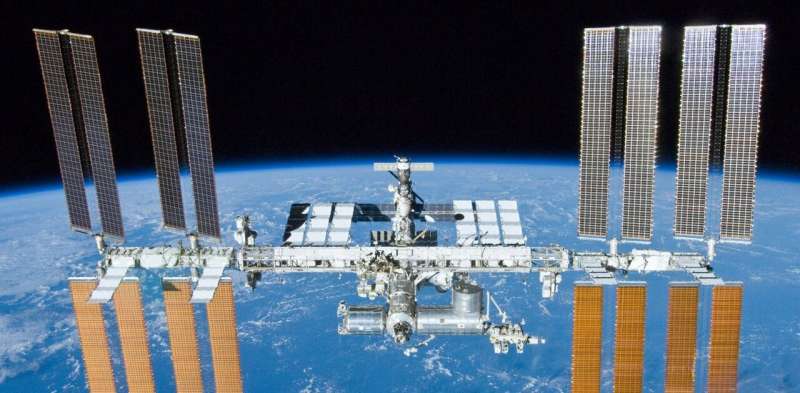
Earlier this week, the International Space Station (ISS) was forced to maneouvre out of the way of a potential collision with space junk. With a crew of astronauts and cosmonauts on board, this required an urgent change of orbit on November 11.
Over the station's 23-year orbital lifetime, there have been about 30 close encounters with orbital debris requiring evasive action. Three of these near-misses occurred in 2020. In May this year there was a hit: a tiny piece of space junk punched a 5mm hole in the ISS's Canadian-built robot arm.
This week's incident involved a piece of debris from the defunct Fengyun-1C weather satellite, destroyed in 2007 by a Chinese anti-satellite missile test. The satellite exploded into more than 3,500 pieces of debris, most of which are still orbiting. Many have now fallen into the ISS's orbital region.
To avoid the collision, a Russian Progress supply spacecraft docked to the station fired its rockets for just over six minutes. This changed the ISS's speed by 0.7 meters per second and raised its orbit, already more than 400km high, by about 1.2km.
A new era of planetary exploration: What we discovered on the far side of the moon
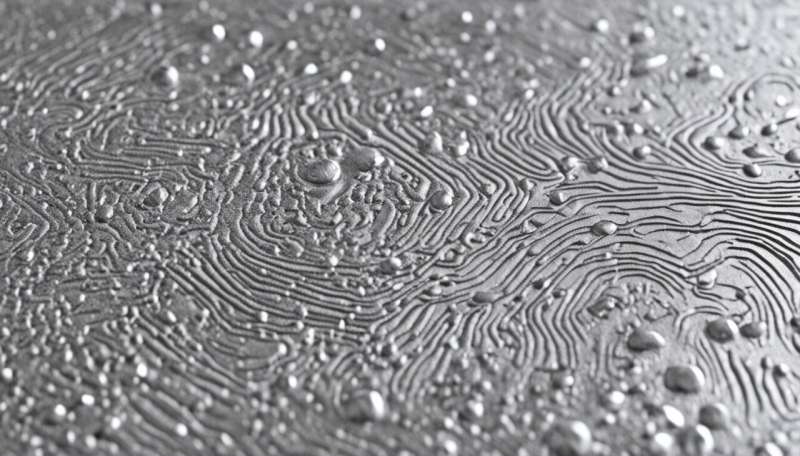
Seven months after it was launched, the US robotic rover Perseverance successfully landed on Mars on February 18 2021. The landing was part of the mission Mars2020 and was viewed live by millions of people worldwide, reflecting the renewed global interest in space exploration. It was soon followed by China's Tianwen-1, an interplanetary Mars mission consisting of an orbiter, lander and rover called Zhourong.
Perseverance and Zhourong were the fifth and sixth planetary rovers deployed in the last decade. The first one was America's Curiosity which landed on Mars in 2012, followed by China's three Chang'E missions.
In 2019 the Chang'E-4 lander and its Yutu-2 rover were the first human objects landed on the far side of the moon—the side that faces away from the Earth. This marked a pivotal milestone in planetary exploration, of equal importance to the Apollo 8 mission in 1968, when the far side of the moon was seen by humans for the first time.
To analyze the data captured from the Yutu-2 rover, which used ground-penetrating radar (GPR), we developed a tool that could detect in much greater detail the layers beneath the moon's surface than had ever been done before.
The cosmos beckons for Snoopy onscreen and in real life

A new rocket designed to launch humans to the moon, Mars and beyond will launch next year from Kennedy Space Center in Florida. On board, will be a familiar fuzzy figure—Snoopy.
A 5-ounce plush toy version of the daydreaming beagle—wearing a space suit designed according to NASA's strict specifications—has an important job for the Artemis I unmanned mission.
NASA uses stuffed animals on flights because when the little guys start to float, it indicates that the spacecraft has entered space's zero gravity. Since the toys are soft and light, they won't break anything or accidentally strike a button.
The Artemis I mission is scheduled to circle the moon and then return to Earth in February as a dry run without astronauts, making sure all systems are working for future crewed missions. Also aboard will be two Lego figurines, part of an educational series.
News conference with ESA astronaut Thomas Pesquet
 Video:
00:55:31
Video:
00:55:31
Replay of the news conference with ESA astronaut Thomas Pesquet held at the European Astronaut Centre on 12 November.
Thomas splashed down on Earth after 199 days in space on 8 November. After being helped out of the Crew Dragon Endeavour, just four days later and after a boat, helicopter and multiple aircraft rides, Thomas arrived at the European Astronaut Centre in Cologne, Germany.
A one-hour news conference was held at ESA’s astronaut centre on 12 November.
Programme:
• Welcome by ESA’s Director of Human and Robotic Exploration Dave Parker.
• Statement from ESA’s Director General Josef Aschbacher
• Presentation on ESA’s vision
Week in images: 08 - 12 November 2021
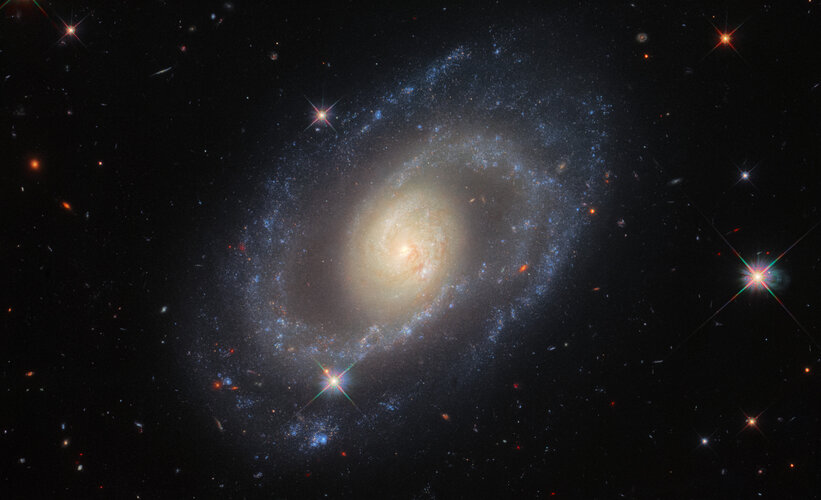
Week in images: 08 - 12 November 2021
Discover our week through the lens
Crew-3 docking replay
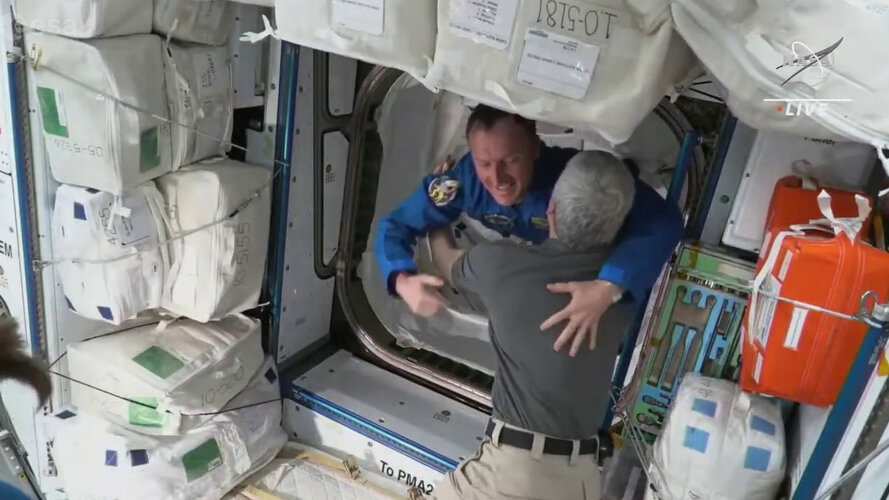 Video:
00:06:35
Video:
00:06:35
Relive the moment the SpaceX Crew Dragon spacecraft, Endurance, docked to the International Space Station with ESA astronaut Matthias Maurer and his NASA colleagues Raja Chari, Tom Marshburn and Kayla Barron on board.
Docking took place at 23:32 GMT Thursday, 11 November/00:32 CET Friday, 12 November, around 22 hours after Crew-3 was launched atop a Falcon 9 rocket from NASA’s Kennedy Space Center in Florida, USA.
Crew Dragon docking is autonomous. Once docked, astronauts on Endurance and aboard the Space Station conducted standard leak checks and pressurisation before the hatch between the two spacecraft was opened at 01:25 GMT/02:25
Earth from Space: Cancún, Mexico
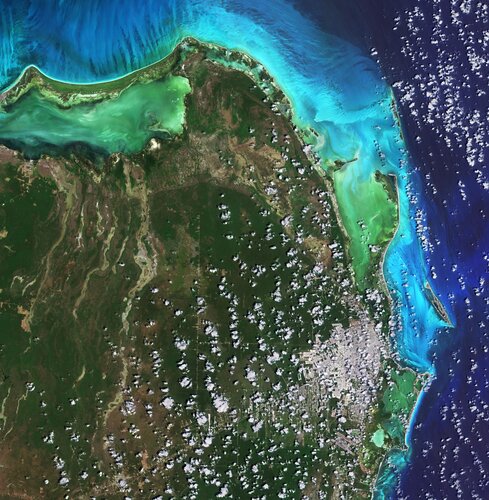
Cancún, situated in Quintana Roo on the northeast coast of Mexico’s Yucatán Peninsula, is featured in this image captured by the Copernicus Sentinel-2 mission.
James Webb Space Telescope will reveal new insights into astrochemistry
 On Dec. 18, the James Webb Space Telescope (JWST) will launch from French Guiana to its destination almost a million miles from Earth. The telescope will give scientists unprecedented views of chemistry occurring throughout the universe. This information will provide new insights into how planetary systems form and whether life-sustaining conditions exist elsewhere in the universe, according to
On Dec. 18, the James Webb Space Telescope (JWST) will launch from French Guiana to its destination almost a million miles from Earth. The telescope will give scientists unprecedented views of chemistry occurring throughout the universe. This information will provide new insights into how planetary systems form and whether life-sustaining conditions exist elsewhere in the universe, according to Roman Space Telescope will help drive new era of cosmological discovery
 A team of scientists has forecast the scientific impact of the Nancy Grace Roman Space Telescope's High Latitude Wide Area Survey on critical questions in cosmology. This observation program will consist of both imaging, which reveals the locations, shapes, sizes, and colors of objects like distant galaxies, and spectroscopy, which involves measuring the intensity of light from those objects at
A team of scientists has forecast the scientific impact of the Nancy Grace Roman Space Telescope's High Latitude Wide Area Survey on critical questions in cosmology. This observation program will consist of both imaging, which reveals the locations, shapes, sizes, and colors of objects like distant galaxies, and spectroscopy, which involves measuring the intensity of light from those objects at 